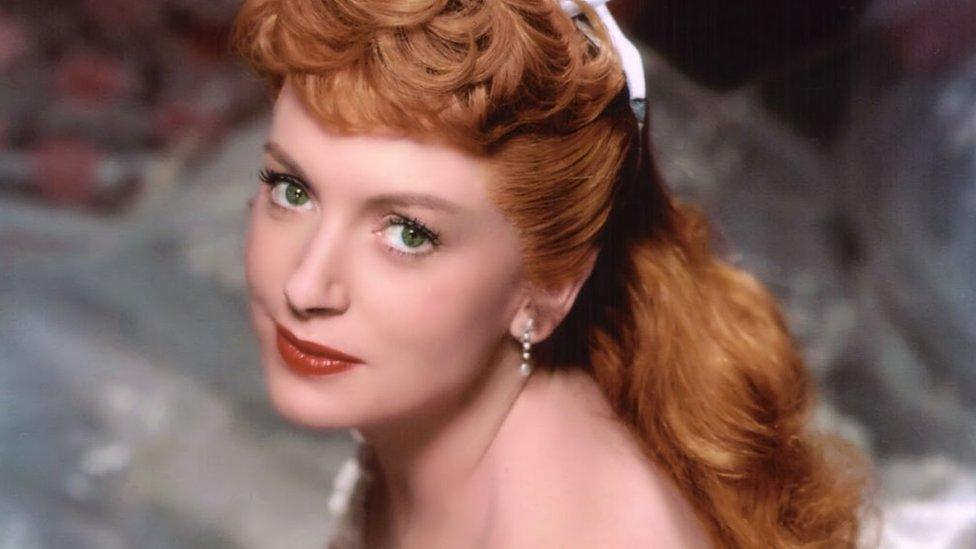Amy Flagg: South Shields historian and wartime photographer honoured
- Published
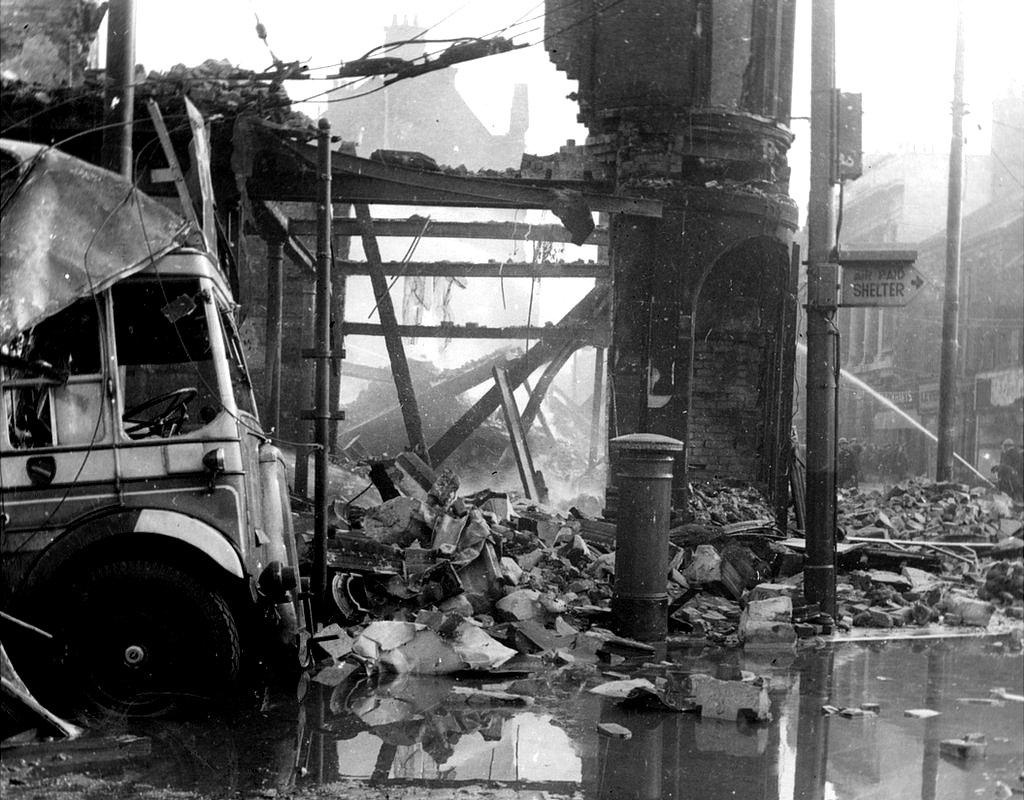
Bomb damage at Market Place and King Street in 1941, captured by Amy Flagg
When bombs dropped on South Shields during World War Two it brought devastation to the town.
Sitting on the mouth of the strategically important River Tyne, the area was an industrial hub for everything from shipbuilding to supplying coal.
When a heavy air-raid hit the town's Market Place in October 1941,, external dozens of people were killed, more than 200 were injured and in excess of 1,000 found themselves homeless.
One of those who documented the destruction was photographer and historian Amy Flagg.
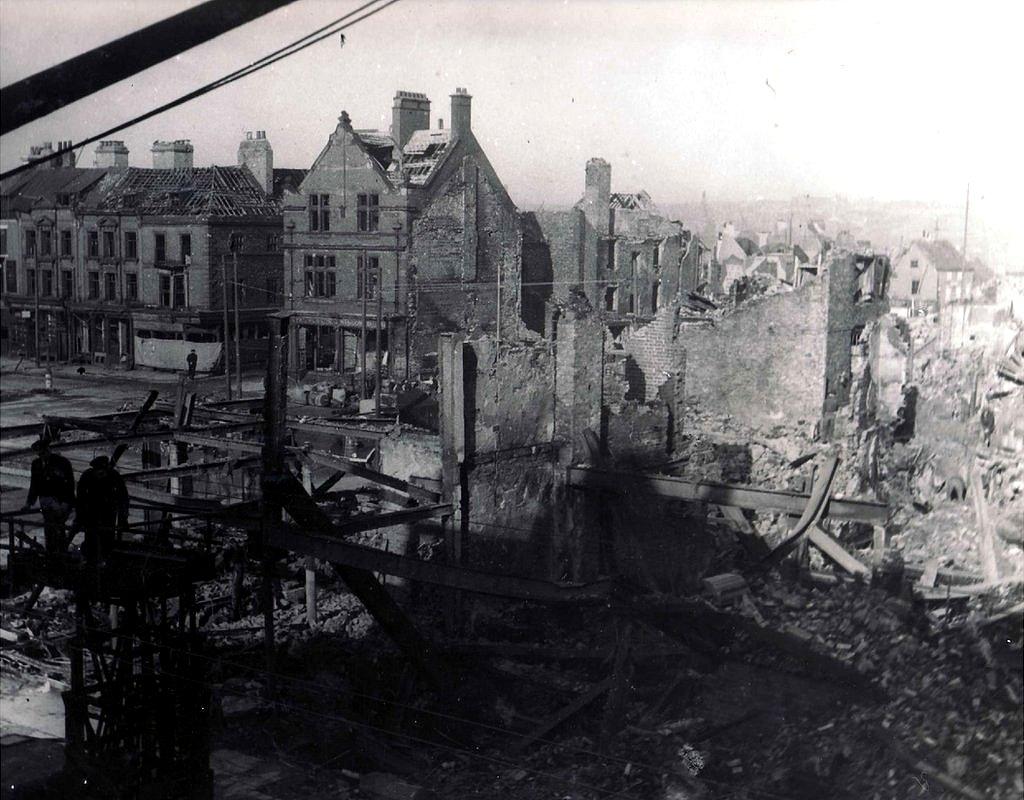
Market Place was destroyed by the German bombs, which also killed dozens of people
As one of very few female photographers working in the UK - and as a single woman - she is not only remembered for her work but for being "ahead of her time".
Later, a blue plaque will be unveiled at Chapel House, her former family home in the Westoe area, where she processed her work in her own dark room. It too was bombed in a wartime air raid.
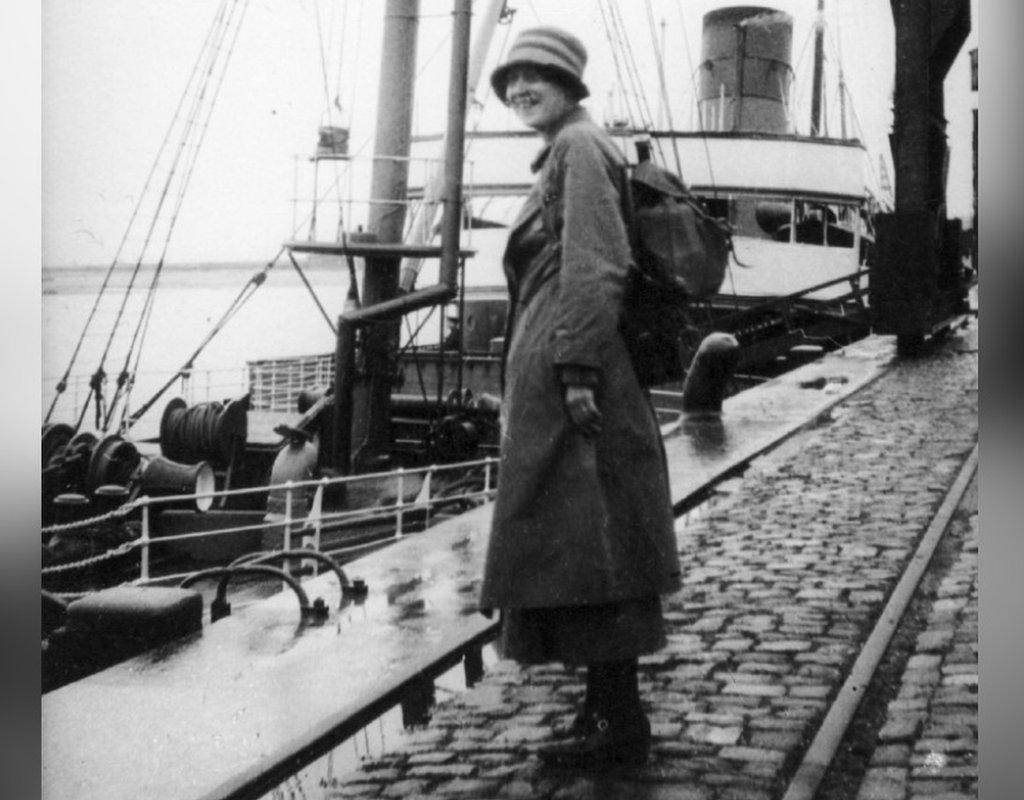
Flagg processed her work at home, where she had a dark room
"Amy Flagg was a remarkable photographer and historian who pictured and researched the town she loved during times of huge social change," said Pat Hay, mayor of South Tyneside.
"But it was the pictures showing the trauma around her and the effect of the air raids on South Shields which marked a defining moment in her life and gained her much respect and recognition."
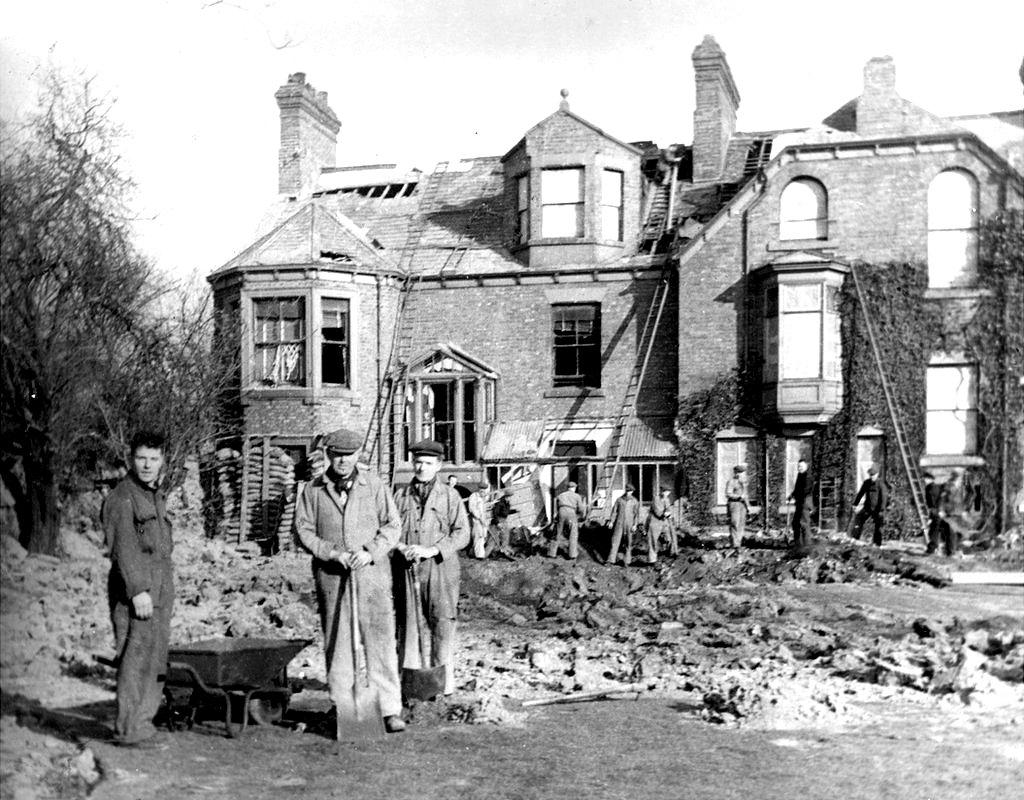
Flagg photographed the aftermath of an air-raid which damaged her own home
Flagg was known as a shy and gentle character, but according to documentary filmmaker Gary Wilkinson she was "determined and courageous" in her work.
"Amy Flagg captured on camera the town's suffering through the Second World War," he said.
"But at the time her life was crumbling around her, her parents had died and the town she loved was falling apart from German air raids.
"At nearly 50 years old she was climbing into demolished houses and onto bomb sites to get the picture, where the bombs dropped she captured the scars with her camera."
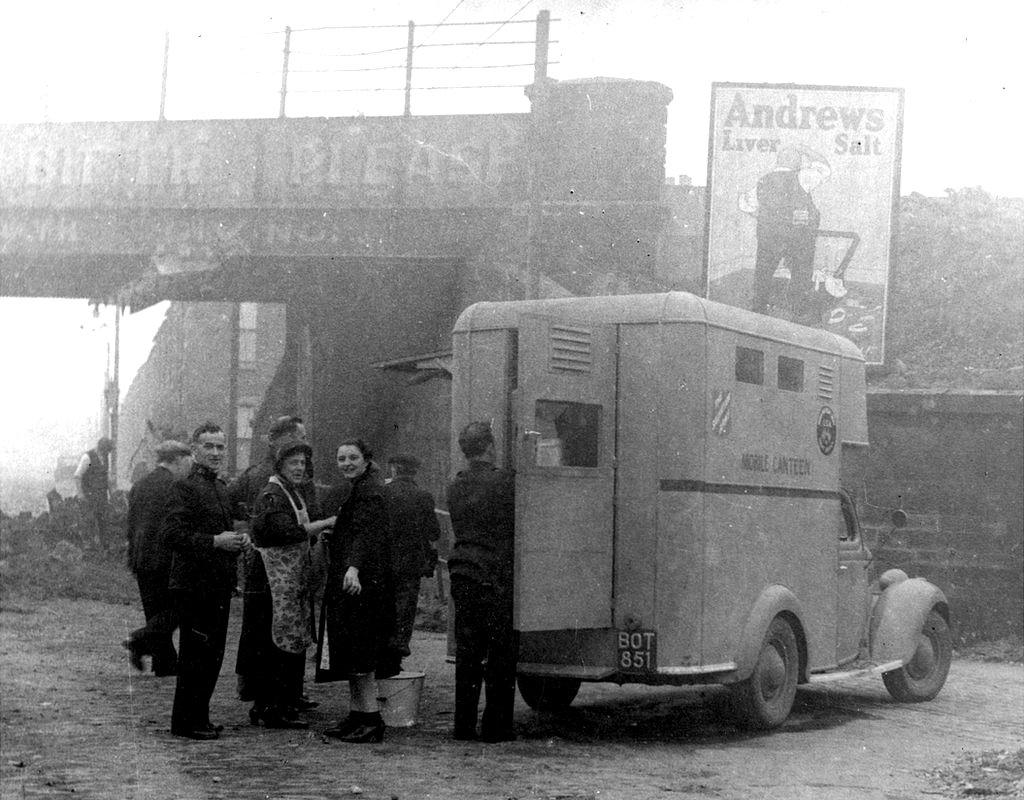
A Salvation Army canteen in Temple Street after a bombardment
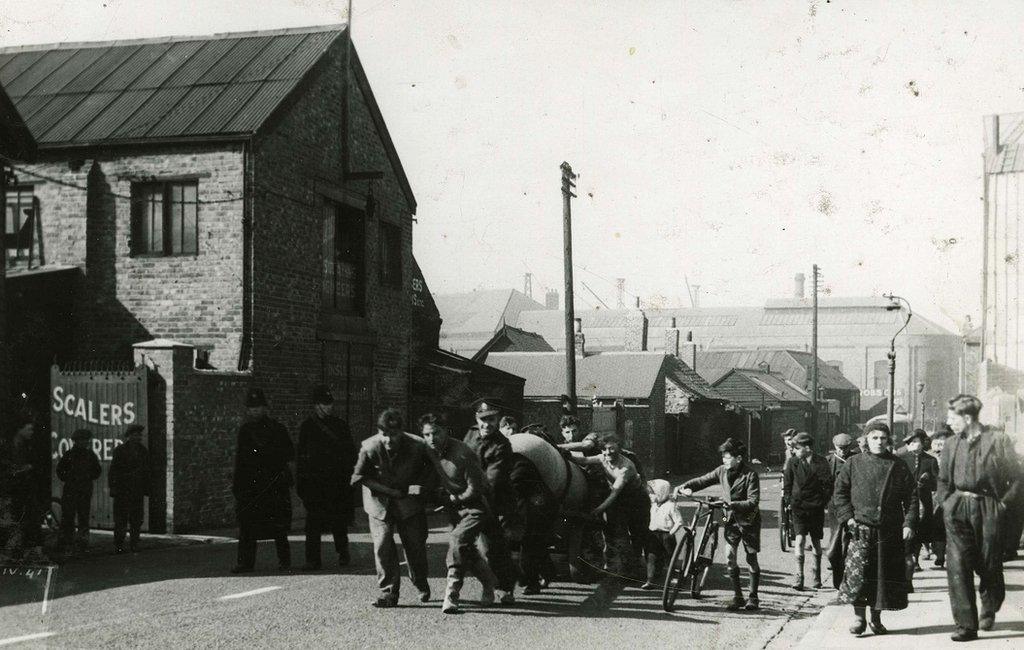
A group of men dragging an unexploded bomb through the streets of Templetown, South Shields
In 1930 Flagg joined the South Shields Photographic Society, which was largely filled with men, and began photographing the clearance of homes along the riverside.
Using her Brownie Box camera she recorded how the area - made famous through the novels of Catherine Cookson - was undergoing social change.
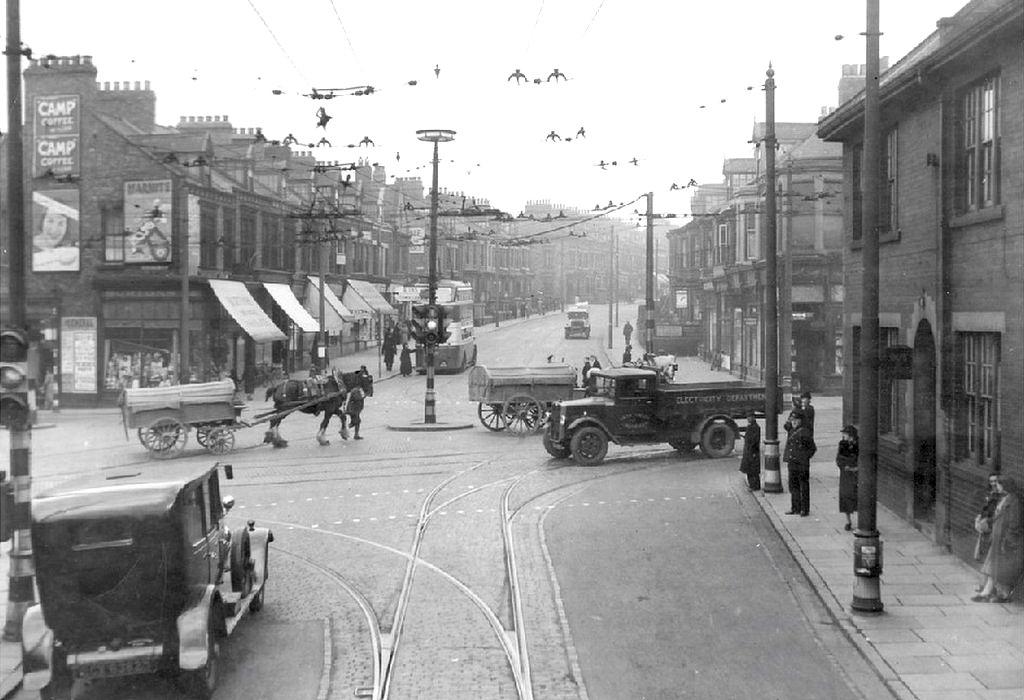
Flagg's images, like this one of the Chichester area of South Shields in 1939, captured social change in the town
In addition to her love of photography, she also had a passion for researching the town's history and took many notes about its shipbuilding heritage.
"Without Amy Flagg we would have less records of South Shields," said Catrin Galt, from The Word, National Centre for the Written Word, in the town.
"The slum housing was being pulled down, she saw the changes that were happening. A lot of her research notes are used now - we still refer to them on a regular basis.

Slum housing being pulled down in 1937
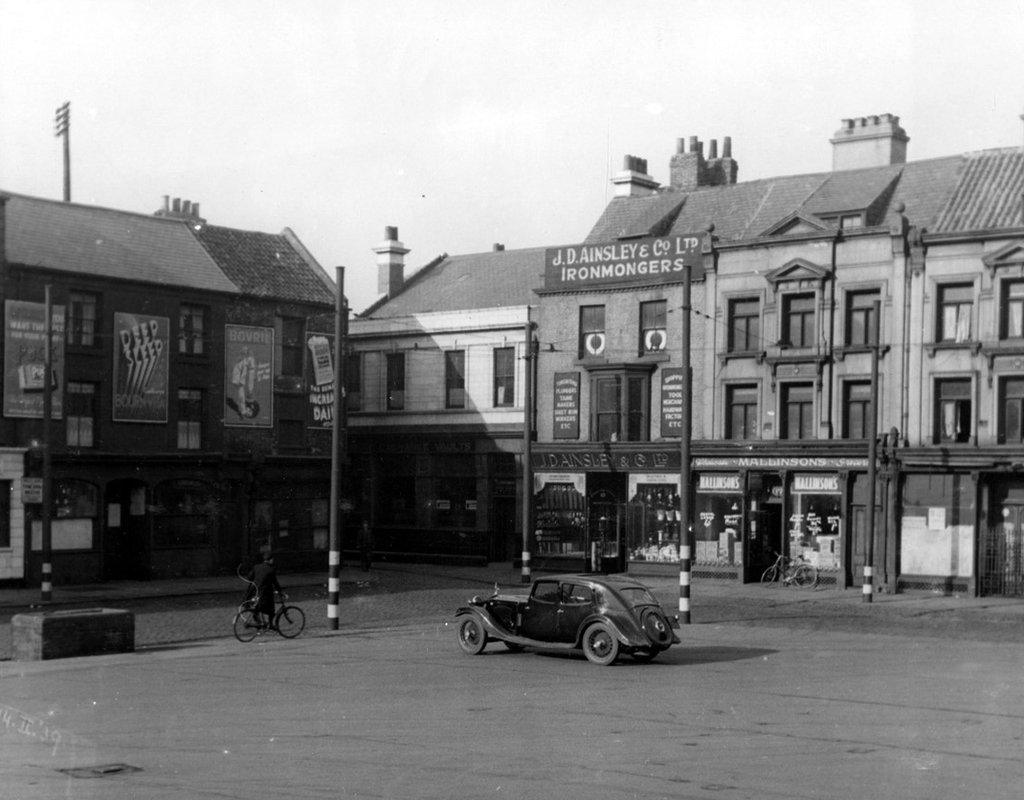
South Shields Market Place before it was destroyed during the war
"She captured ordinary people as well, not just the locations. They have such a character to them, she's quite unobtrusive in the way she's taken the photographs, she hasn't posed anything, it has captured everyday life like she observed it."
Amy Flagg was born in 1893 and died in 1965, aged 71. She bequeathed her collection to the local library.
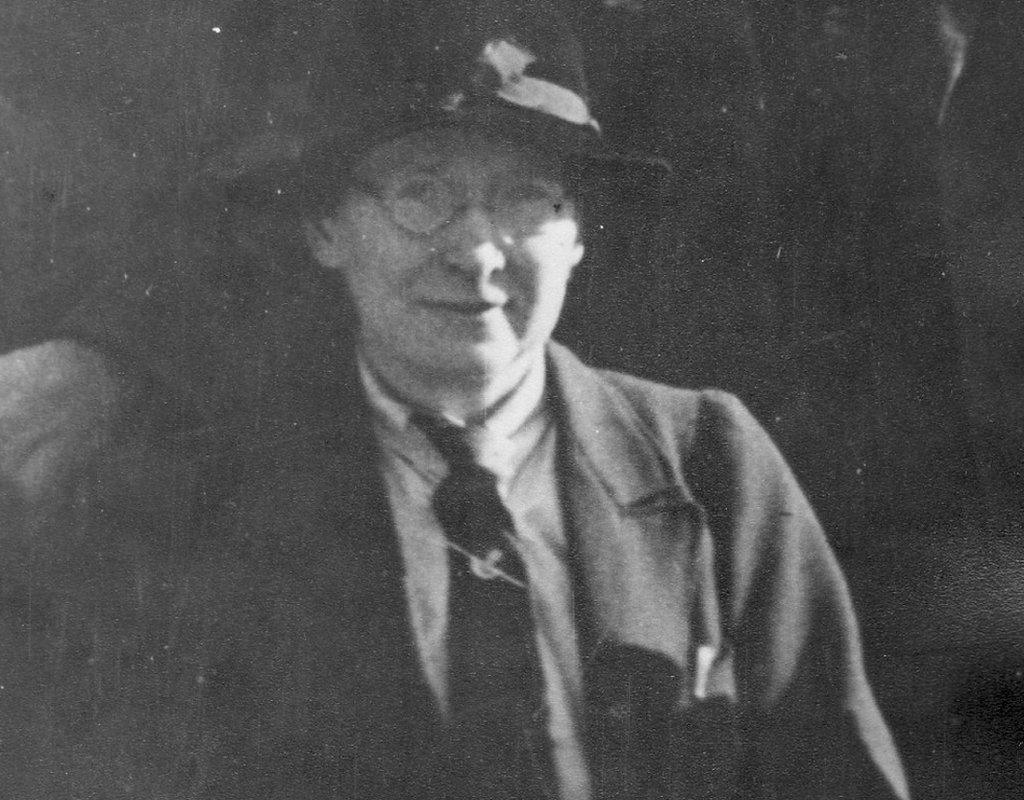
Flagg was a volunteer at the town's infirmary and left a substantial donation when she died
The council had to lodge an application with its own planning department to install the plaque as the building is Grade II-listed, the Local Democracy Reporting Service said.
It said her photographs provide a "comprehensive pictorial record of the effects of enemy air raids" on South Shields during the World War Two.
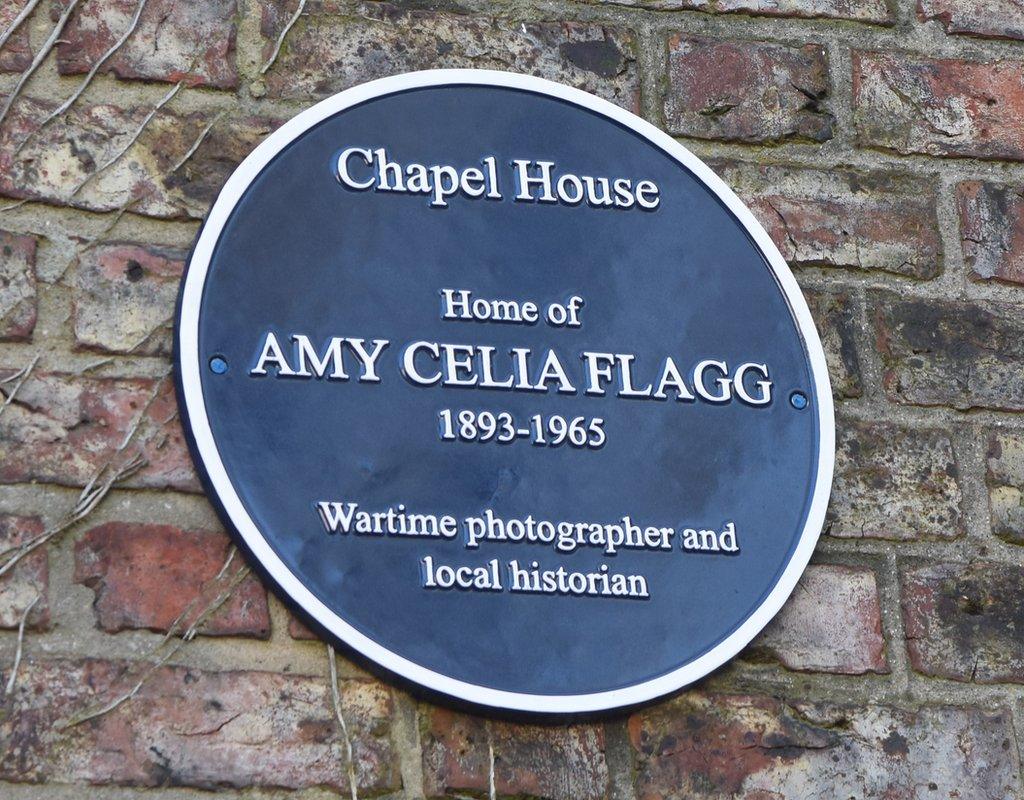
The plaque was unveiled at Flagg's former home, Chapel House
Joan Atkinson, deputy council leader, said it was "particularly fitting" the unveiling takes place on International Women's Day.
"As one of very few female photographers working in the UK and being a single woman, Amy Flagg was ahead of her time during a period when a women's role was defined as being a wife and a mother," she added.
"She will forever be remembered as one of the town's most important photographers and local historians and for the incredible legacy she left behind."

Follow BBC North East & Cumbria on Twitter, external, Facebook, external and Instagram, external. Send your story ideas to northeastandcumbria@bbc.co.uk, external.
Related topics
- Published1 October 2021
